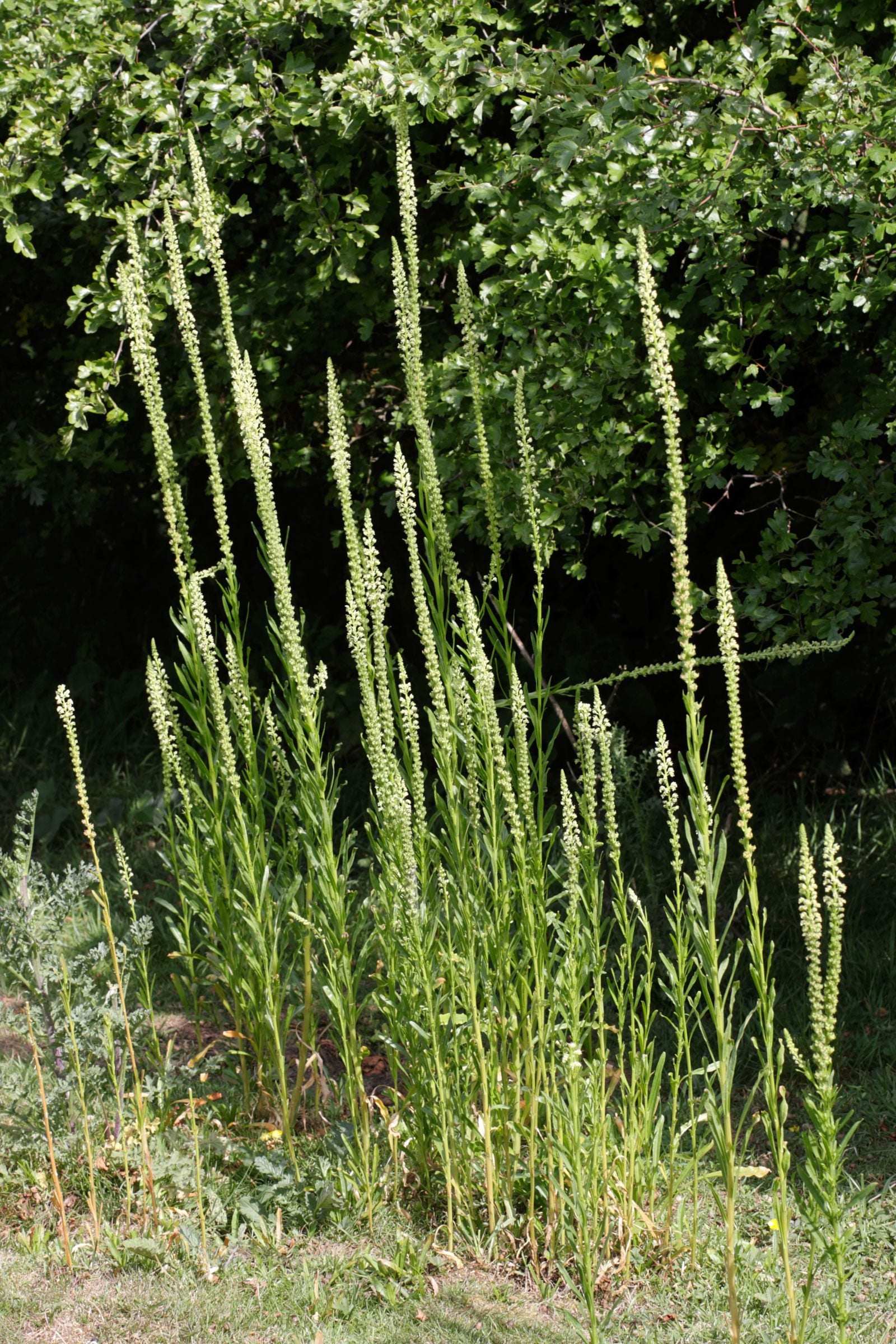Weld Plant Information: Learn About Growing Weld Plants


Reseda weld plant (Reseda luteola) is an old-fashioned blooming plant that displays dark green, ovoid leaves and spiky yellow or greenish white flowers with contrasting orange stamens. If you’re wondering about how to grow a reseda weld plant in your garden, keep reading!
Interesting Weld Plant Information
Weld plant is also known as dyer’s rocket for the bright yellow dye that has been used as a fabric dye and oil paint colorant since Roman times. Some modern-day painters continue to use the pigment and weld plant dye is still used as a fabric dye, primarily for silk. Otherwise, most gardeners agree that it isn’t the flowers that make reseda weld plants distinctive – it’s the sweet, powerful aroma. In fact, it’s been said that Victorian gardeners used weld plants to mask the unpleasant industrial odors of urban London. In America, early settlers planted it not only in their gardens, but in close proximity to the family outhouses. Fortunately, industrial pollution or a backyard outhouse is not a requirement for growing weld plants.
How to Grow Reseda Weld Plants
Reseda weld plant is a biennial plant, which means it develops a basal rosette the first year and flowers the second year. The plant lives only two years, but it usually drops enough seeds to ensure plentiful blooms year after year. You can also collect seeds from dry seed pods at the end of the blooming season. Plant reseda weld seeds after the last frost, or in early summer. If you live in a warm climate, you can plant seeds in late autumn for early spring blooms. Weld plant grows in moist to slightly dry soil. It appreciates rich loam but tolerates clay or gravelly soil. Plant seeds in a permanent location, as seedlings don’t transplant well. The plant needs full or partial sunlight.
Weld Plant Care
Growing weld plants don’t require a lot of care or maintenance, but regular irrigation is important, as weld plants aren’t highly drought tolerant. Occasional fertilizer produces more blooms and a stronger scent.
Sign up for the Gardening Know How newsletter today and receive a free copy of our e-book "How to Grow Delicious Tomatoes".

A Credentialed Garden Writer, Mary H. Dyer was with Gardening Know How in the very beginning, publishing articles as early as 2007.